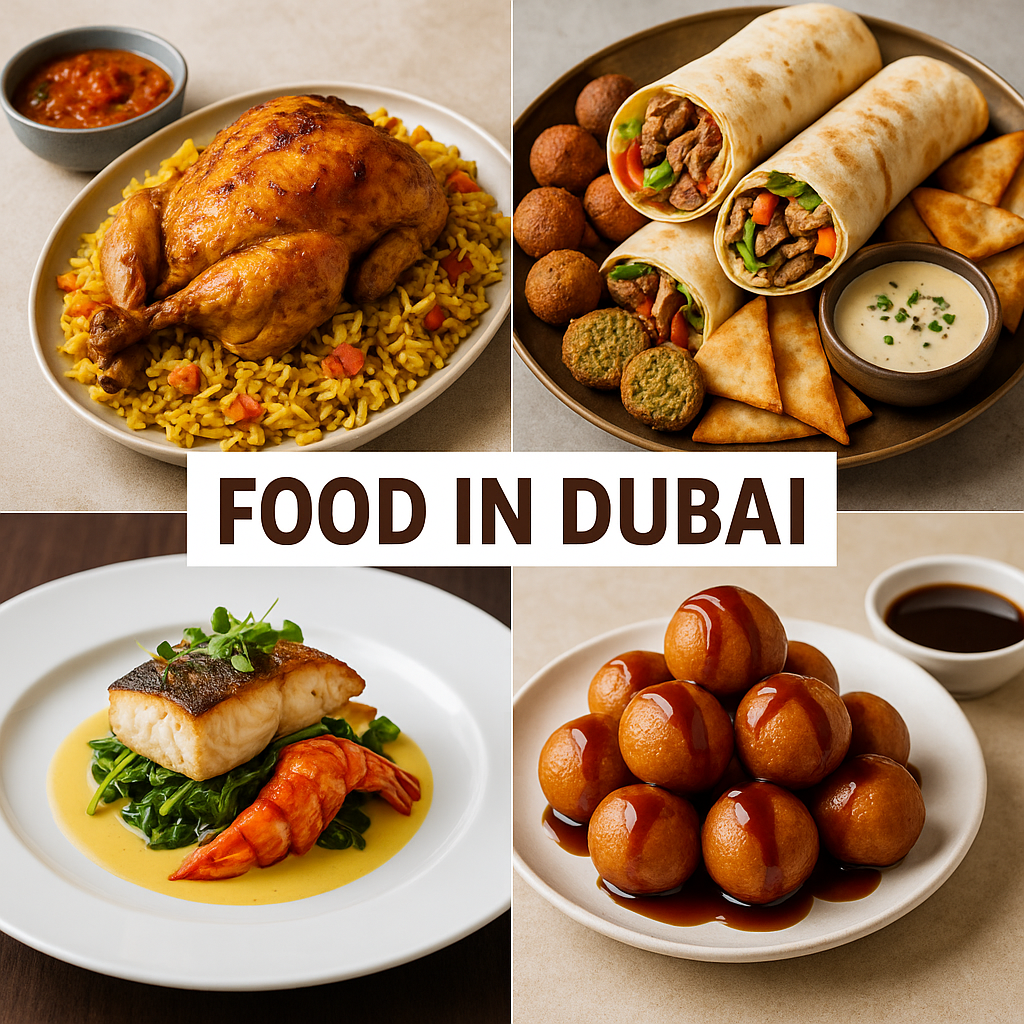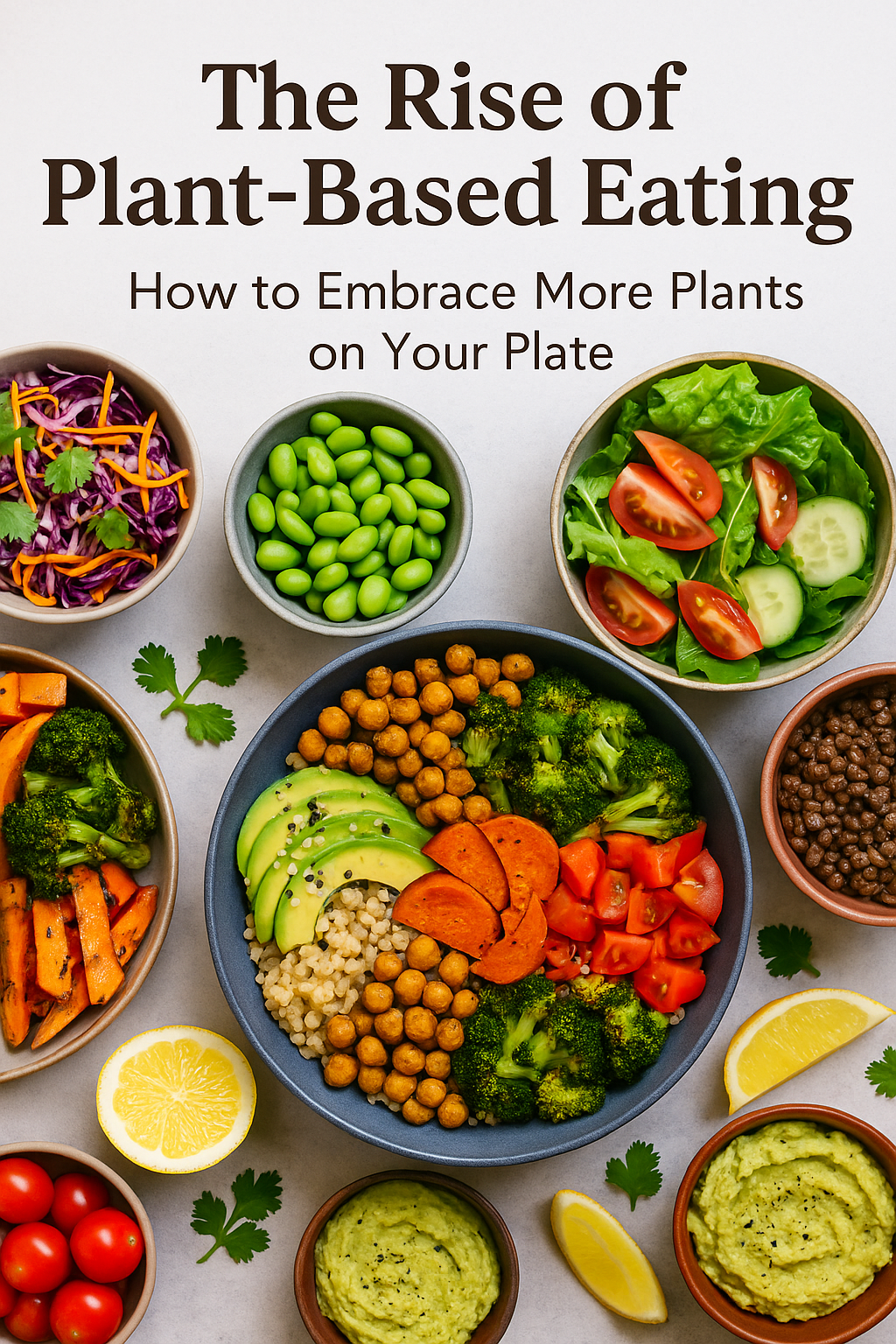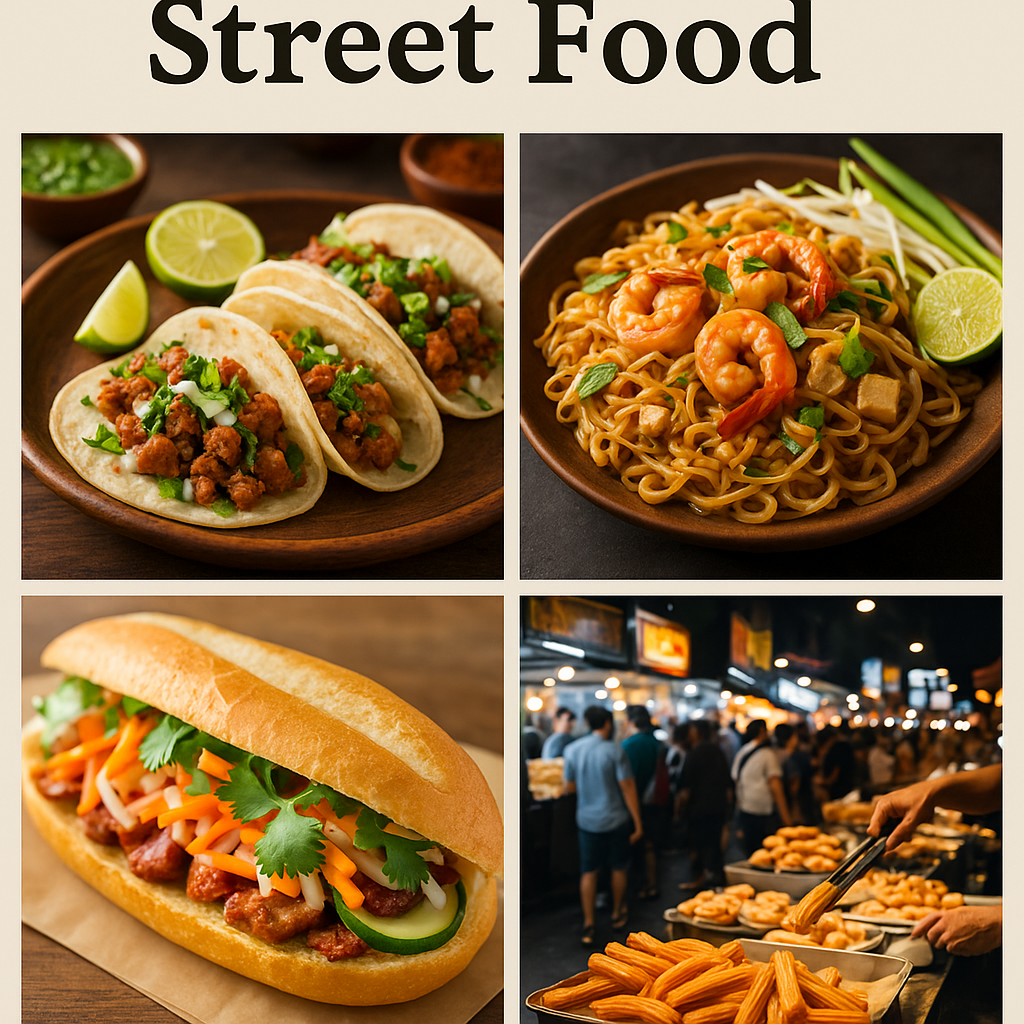
The term “superfood” gets tossed around a lot these days — but what does it really mean? At its core, a superfood is simply a whole food that delivers a particularly powerful nutritional punch. These are ingredients that are dense in vitamins, minerals, fiber, antioxidants, and phytonutrients, all of which can support optimal health.
While exotic berries and trendy powders often steal the spotlight, the truth is: many superfoods are already in your kitchen. You don’t need to spend a fortune or chase after the latest craze — you can build a super-nutritious diet with familiar, affordable ingredients.
Let’s dive into the world of superfoods: which ones truly stand out, how they benefit your body, and how to make them part of your daily routine.
What Makes a Food “Super”?
There’s no strict scientific definition for a superfood — it’s more of a nutrition concept than a category. But in general, superfoods tend to be:
Nutrient-Dense: Packed with vitamins, minerals, and healthy fats
Rich in Antioxidants: Help protect cells from damage
Anti-Inflammatory: Support heart and immune health
Low in Empty Calories: Provide more nutrition per calorie
The key is balance — no one food can do it all. A varied diet with a range of colorful fruits, vegetables, lean proteins, whole grains, and healthy fats is the real “super” way to eat.
10 Superfoods to Add to Your Diet
1. Blueberries
Small but mighty, blueberries are loaded with antioxidants called anthocyanins, which give them their deep blue color. Studies link blueberries to improved brain function, heart health, and reduced inflammation.
How to enjoy: Add to smoothies, yogurt bowls, oatmeal, or eat as a snack.
2. Leafy Greens (Spinach, Kale, Swiss Chard)
Leafy greens are nutritional powerhouses, packed with vitamins A, C, K, folate, fiber, and plant compounds that support detoxification.
How to enjoy: Toss into salads, soups, stir-fries, or blend into green smoothies.
3. Salmon (and Other Fatty Fish)
Salmon, mackerel, sardines, and other fatty fish are among the best sources of omega-3 fatty acids, which fight inflammation and support brain and heart health.
How to enjoy: Grill, roast, or bake — pair with veggies for a nutrient-packed meal.
4. Greek Yogurt
Greek yogurt is higher in protein and lower in sugar than regular yogurt, and it delivers probiotics for gut health.
How to enjoy: As a snack, in parfaits, smoothies, or as a creamy base for dips.
5. Nuts & Seeds
Almonds, walnuts, flaxseeds, chia seeds — they all provide healthy fats, fiber, and essential minerals like magnesium and zinc.
How to enjoy: Sprinkle on oatmeal, yogurt, salads, or blend into smoothies.
6. Avocados
Creamy and satisfying, avocados are rich in monounsaturated fats, fiber, potassium, and vitamins.
How to enjoy: On toast, in salads, in smoothies, or mashed into guacamole.
7. Sweet Potatoes
Sweet potatoes are loaded with beta-carotene (vitamin A), fiber, and complex carbs that provide sustained energy.
How to enjoy: Roasted, mashed, or baked — great as a side dish or base for bowls.
8. Garlic
Garlic contains powerful sulfur compounds with immune-boosting, anti-inflammatory, and potential cancer-fighting properties.
How to enjoy: Use liberally in sauces, soups, stir-fries, and dressings.
9. Green Tea
Green tea is rich in polyphenols and catechins that promote fat burning, brain function, and heart health.
How to enjoy: Sip hot or iced, plain or flavored — matcha powder is another great option.
10. Beans & Lentils
Beans and lentils offer plant-based protein, fiber, iron, and folate — perfect for supporting heart health and gut health.
How to enjoy: In soups, stews, salads, or grain bowls.
The Benefits of Eating More Superfoods
When you start incorporating more superfoods into your meals, you may notice:
More energy: Thanks to better nutrient balance and steady blood sugar levels
Better digestion: Fiber-rich foods feed your gut microbiome
Stronger immunity: Antioxidants and vitamins support immune function
Improved skin: Nutrients like vitamin C, E, and healthy fats nourish skin from within
Healthier weight: Superfoods help you feel fuller on fewer calories
Tips for a Superfood-Filled Diet
Color Counts:
Aim for a “rainbow” of fruits and vegetables — each color offers different antioxidants.
Don’t Forget Spices:
Turmeric, ginger, cinnamon, and chili peppers are also potent superfoods.
Balance, Not Fads:
No single food will transform your health. Aim for overall variety and moderation.
Seasonal & Local:
Superfoods don’t have to be exotic. Seasonal produce at your local market is often fresher and more affordable.
Prep Ahead:
Keep berries washed, nuts portioned, greens prepped, and smoothies ready to blend — this makes healthy eating effortless.
Final Thoughts
Superfoods aren’t about magic cures or miracle diets. They’re about upgrading the nutritional quality of your meals — and often adding more flavor, color, and satisfaction in the process.
The good news is: you don’t need to be a health guru or gourmet chef to enjoy superfoods every day. With a little planning and curiosity, these powerful ingredients can fit naturally into your routine — whether you’re grabbing breakfast on the go or cooking a cozy dinner at home.
Ultimately, the best superfood is the one you’ll actually eat and enjoy. So experiment, taste, and discover new favorites — and let your plate become a celebration of nourishment, flavor, and well-being.


